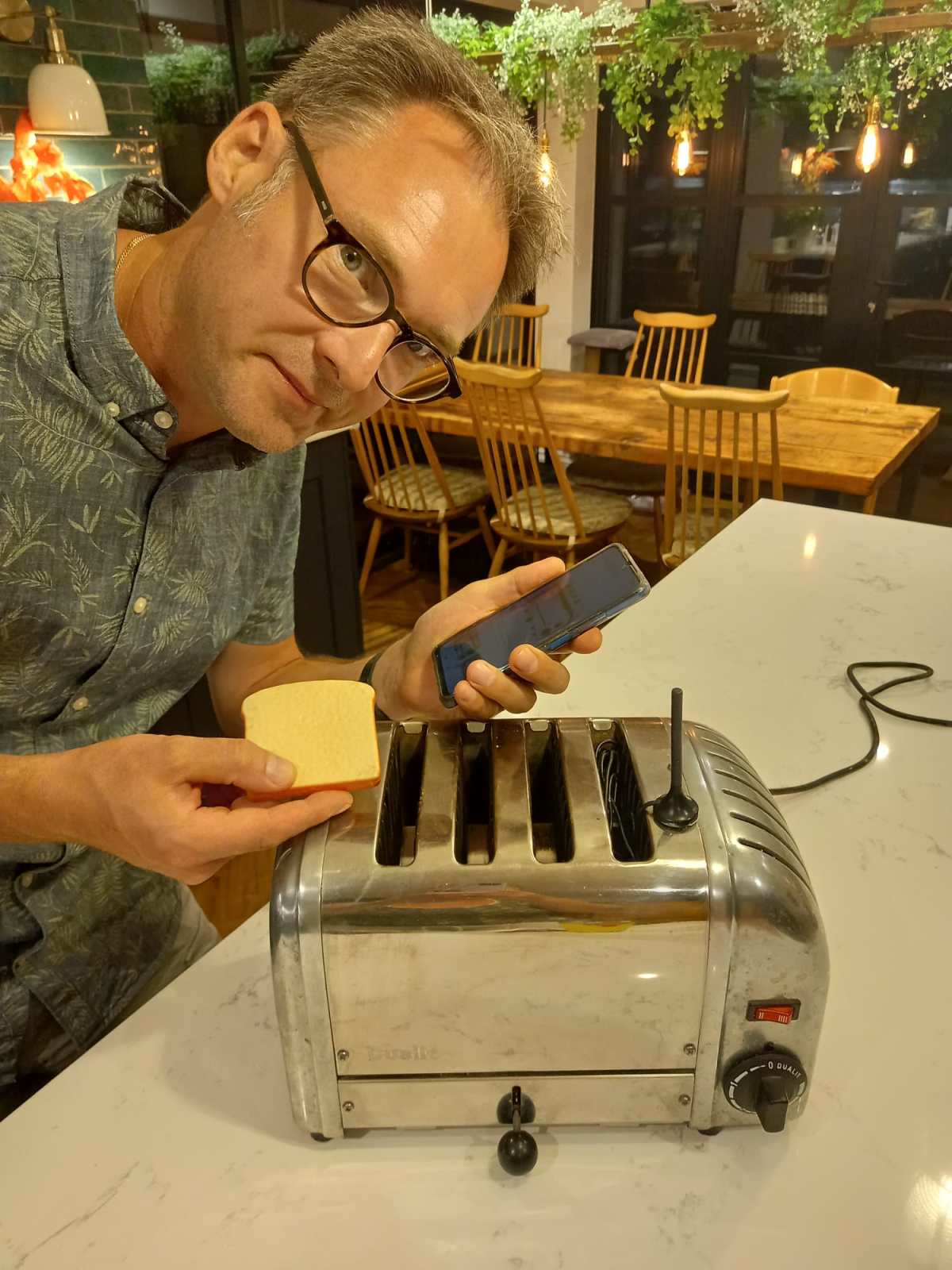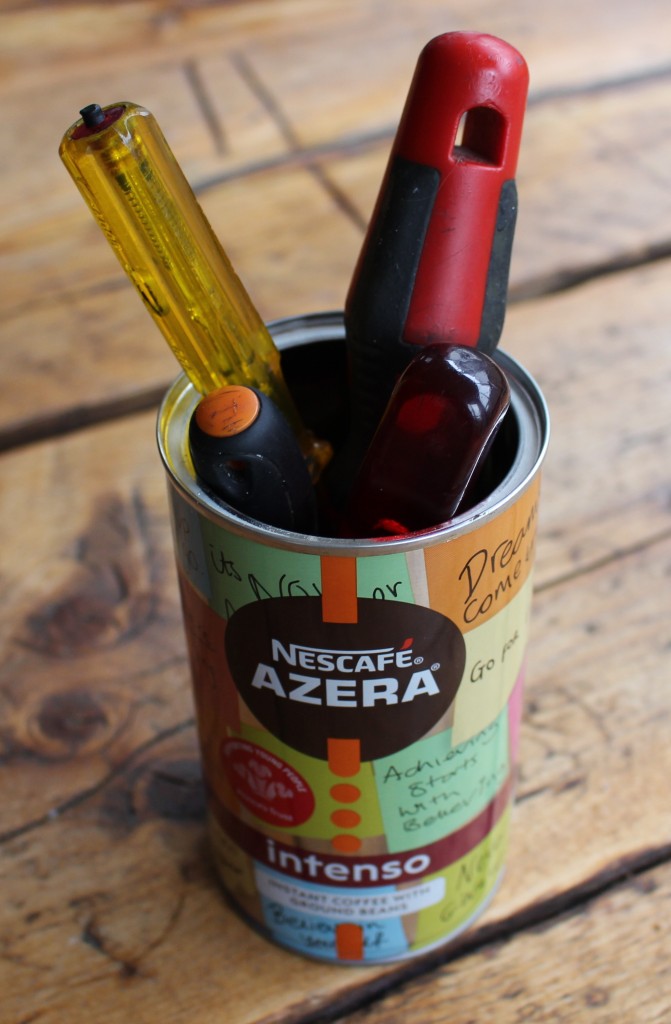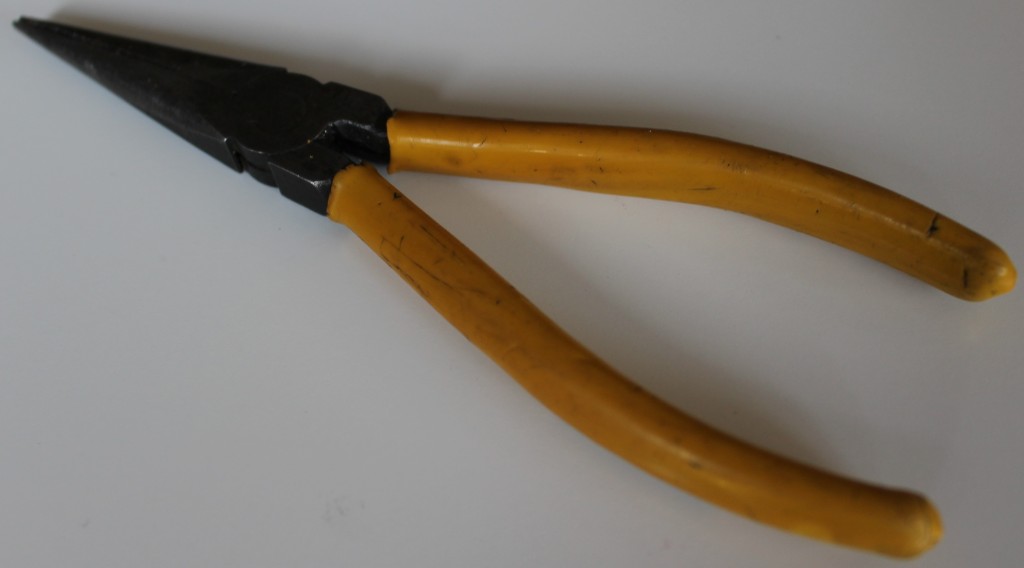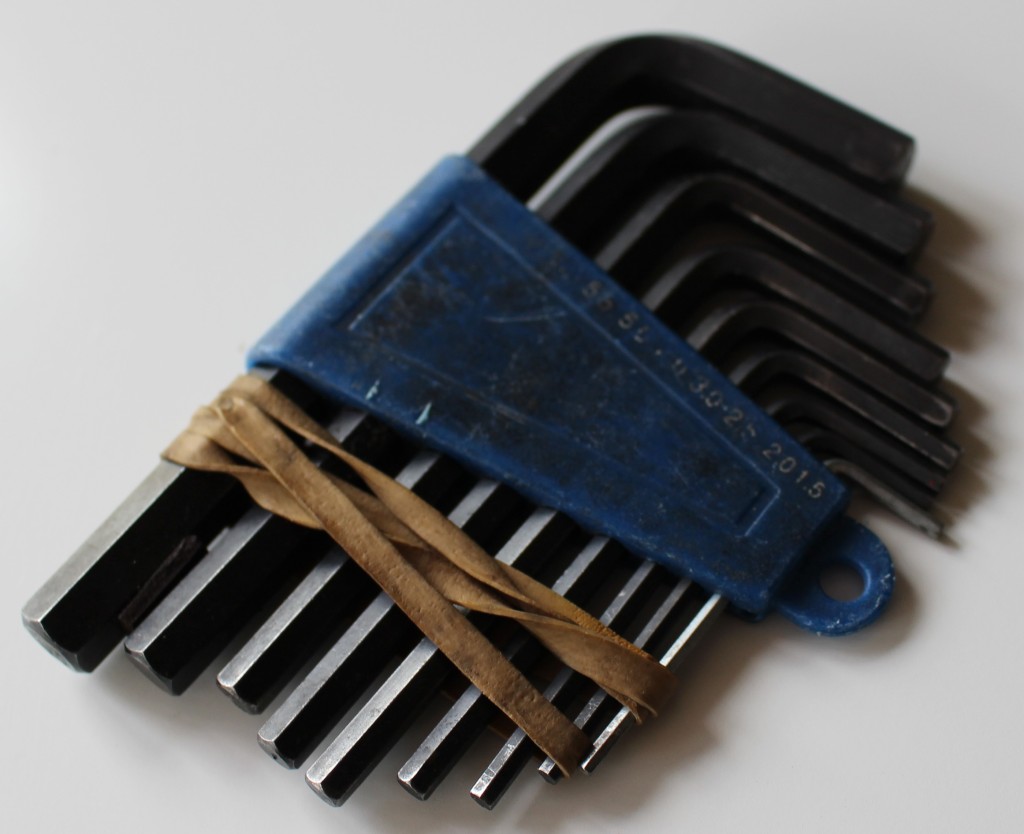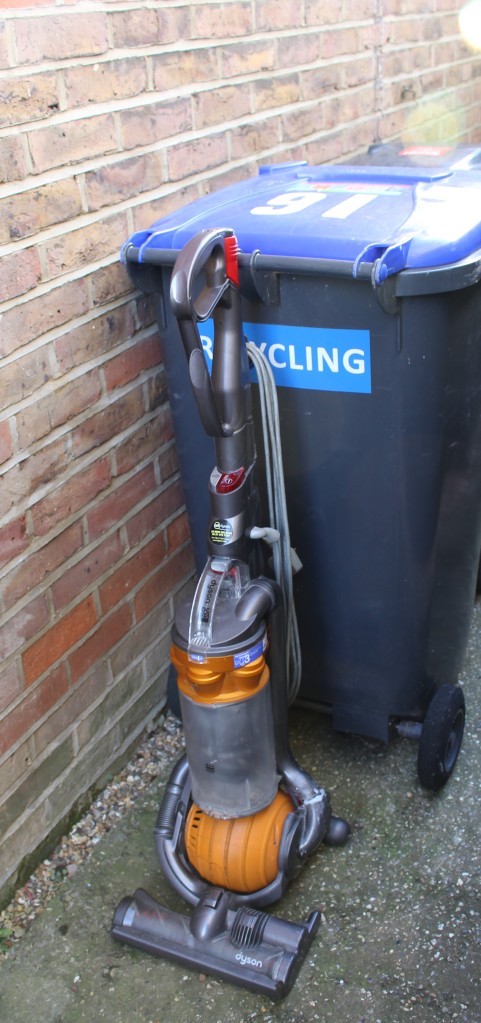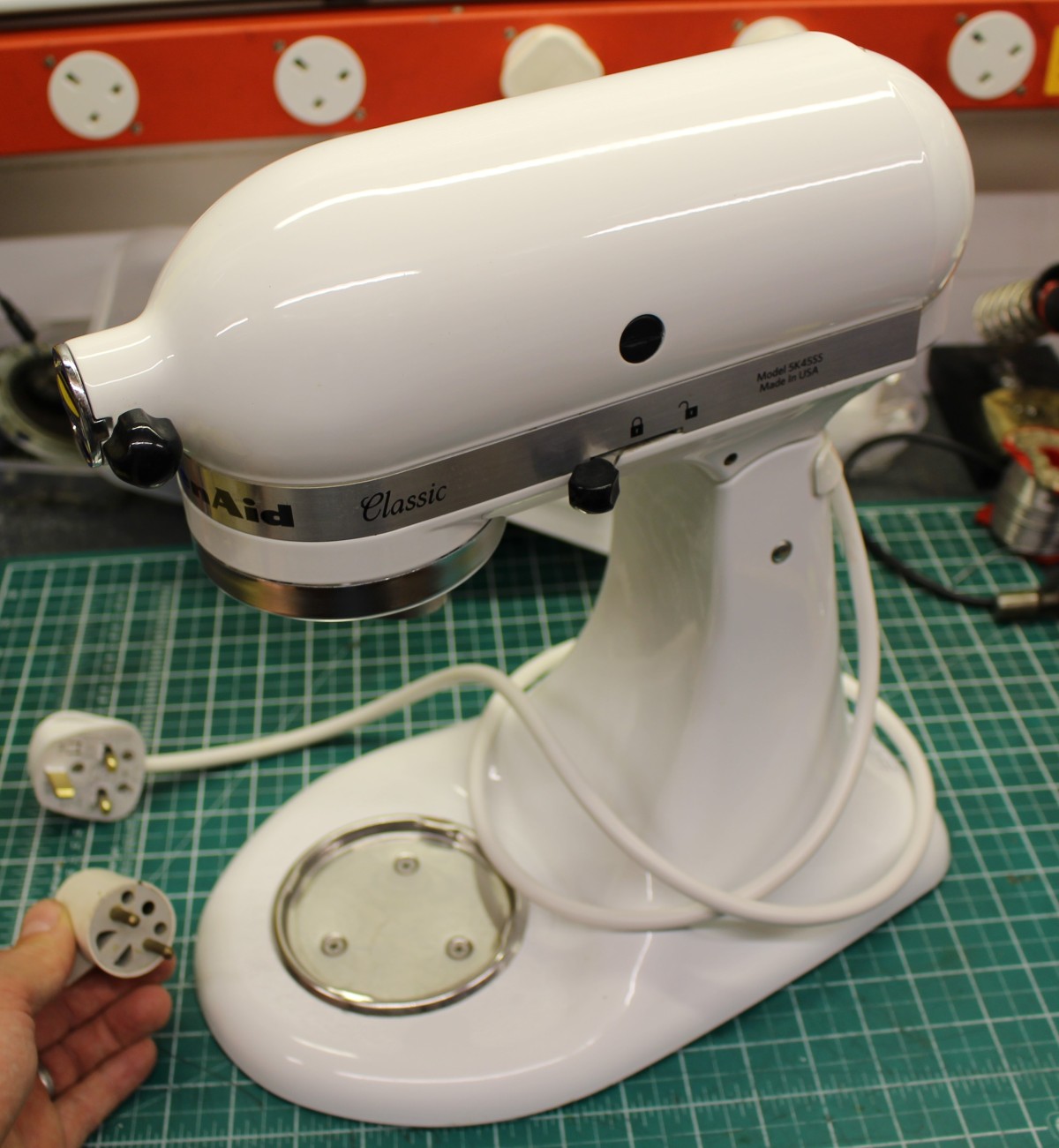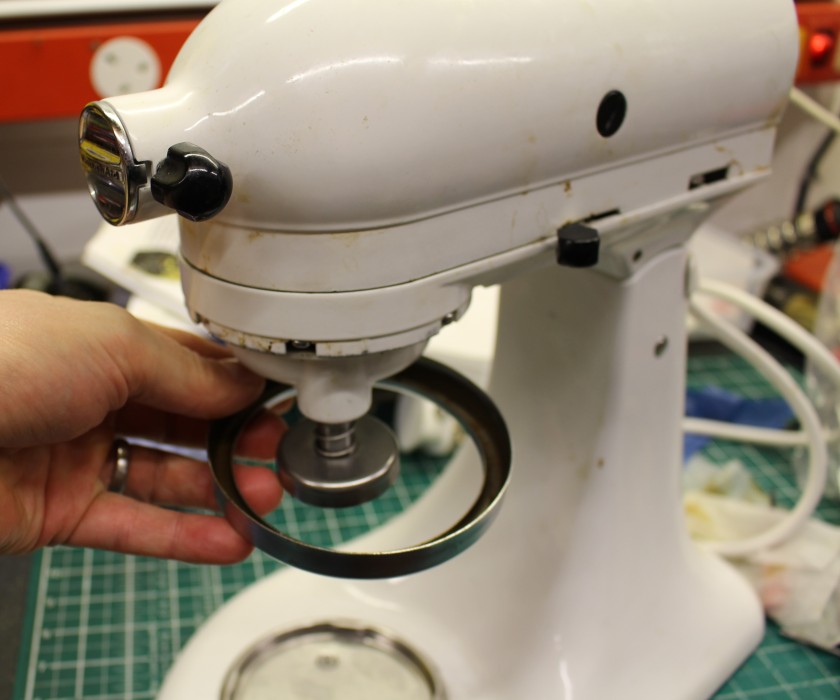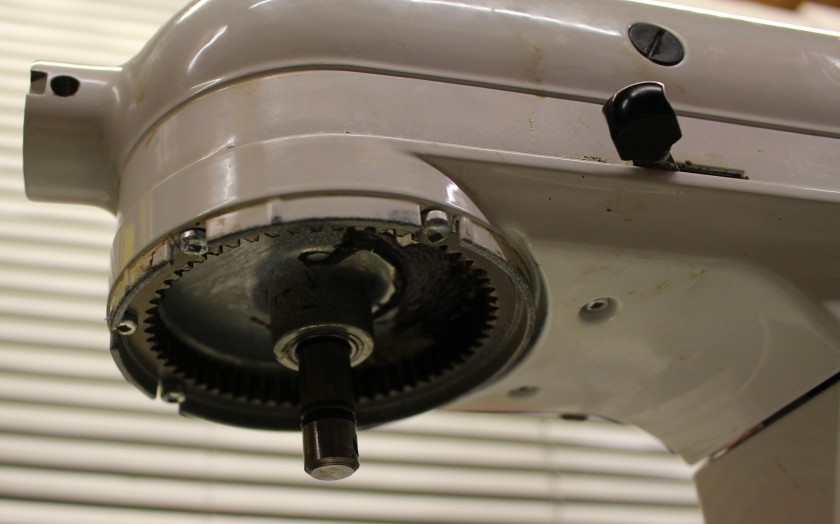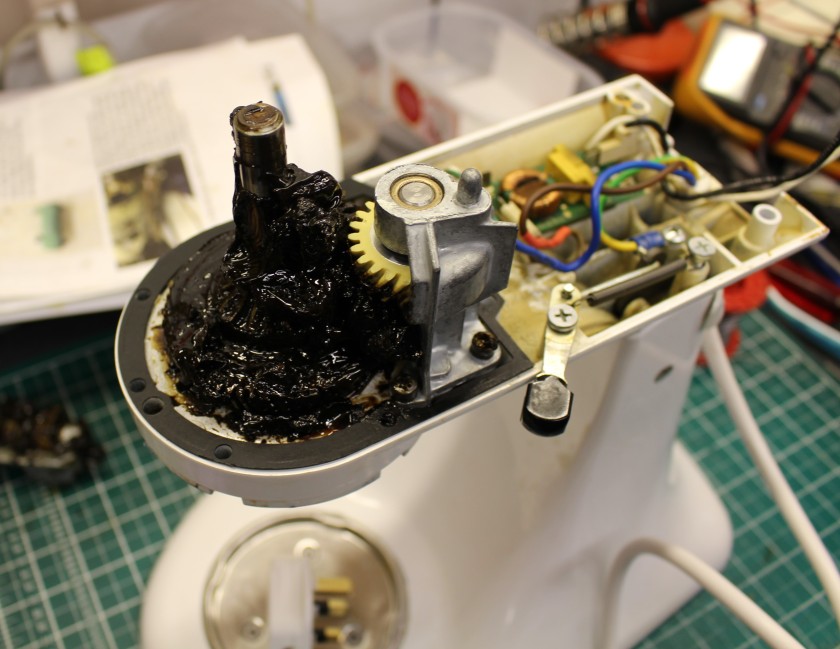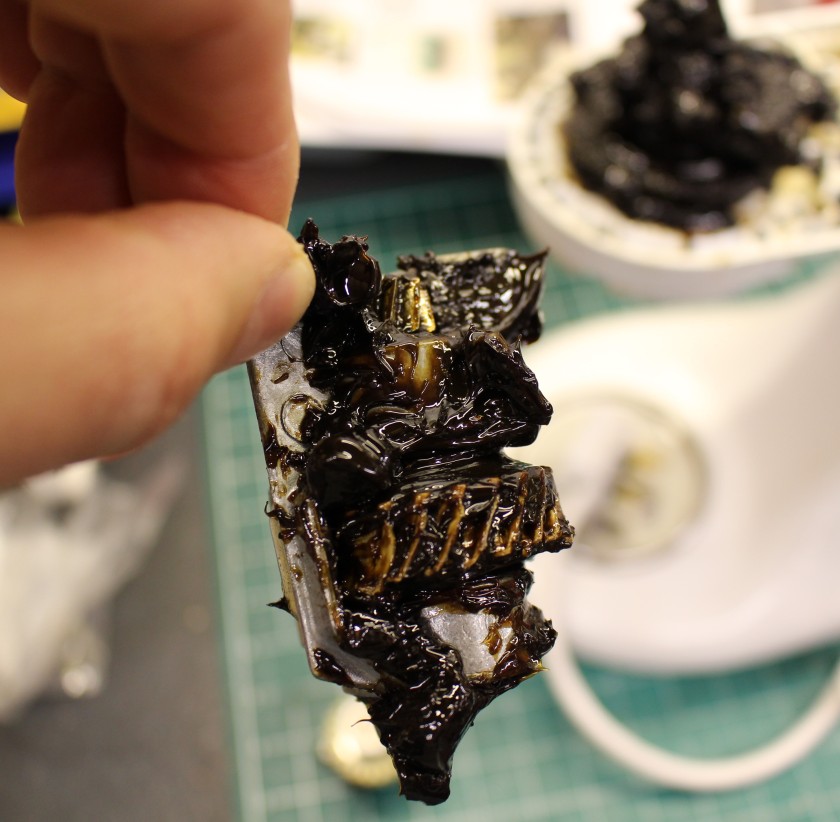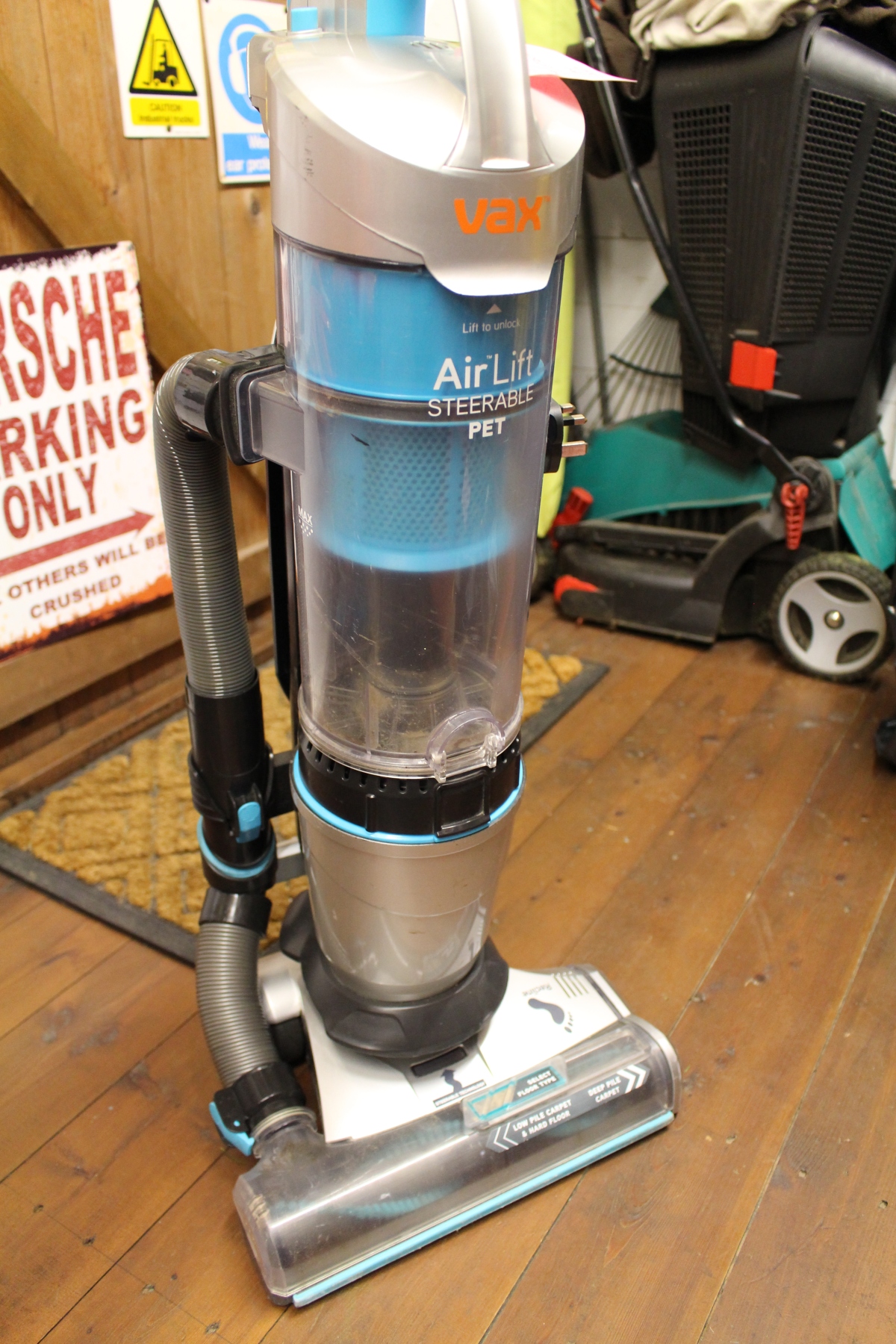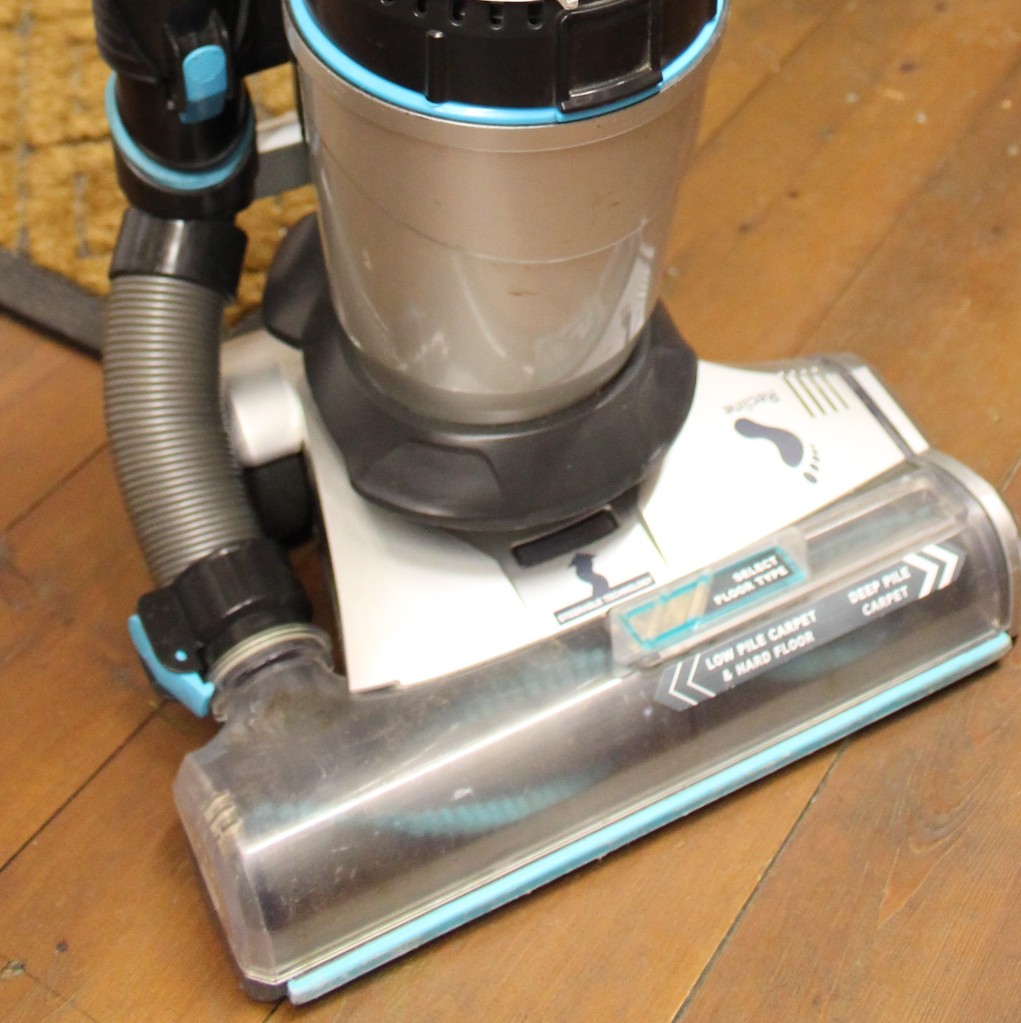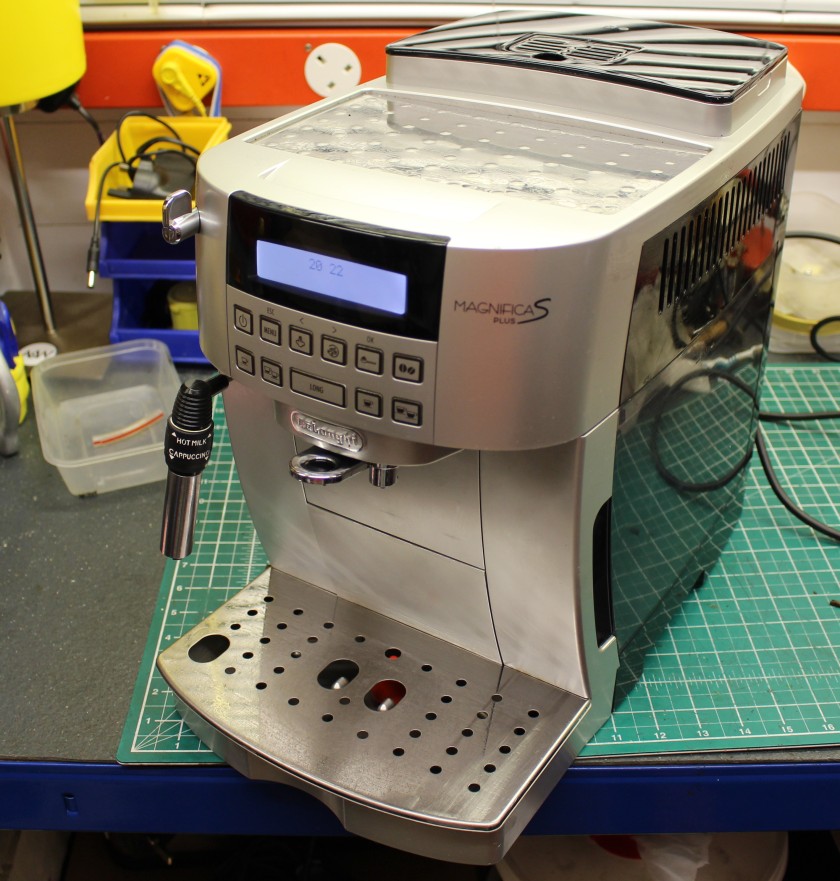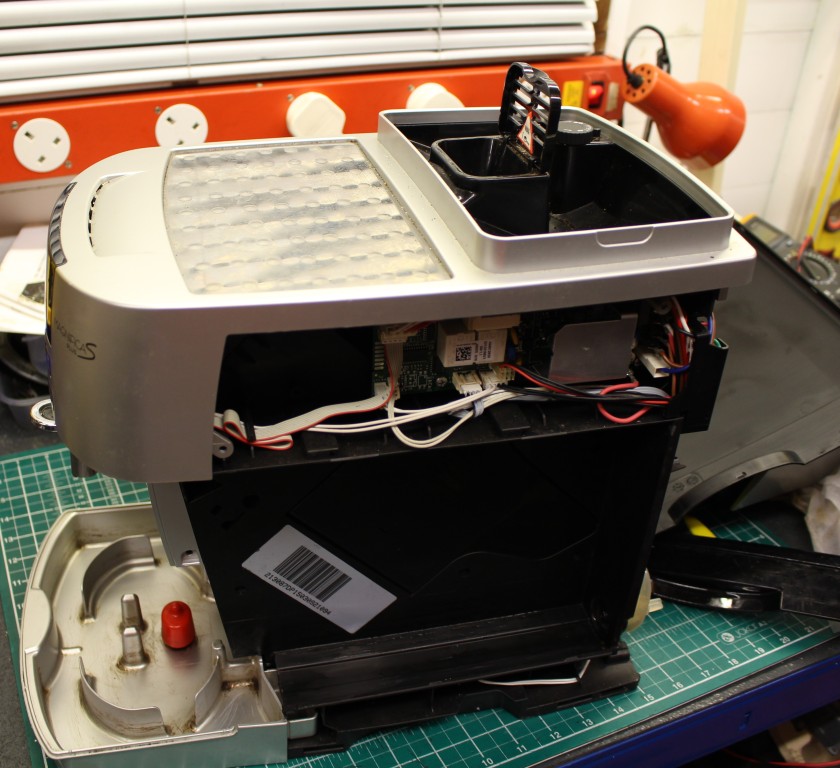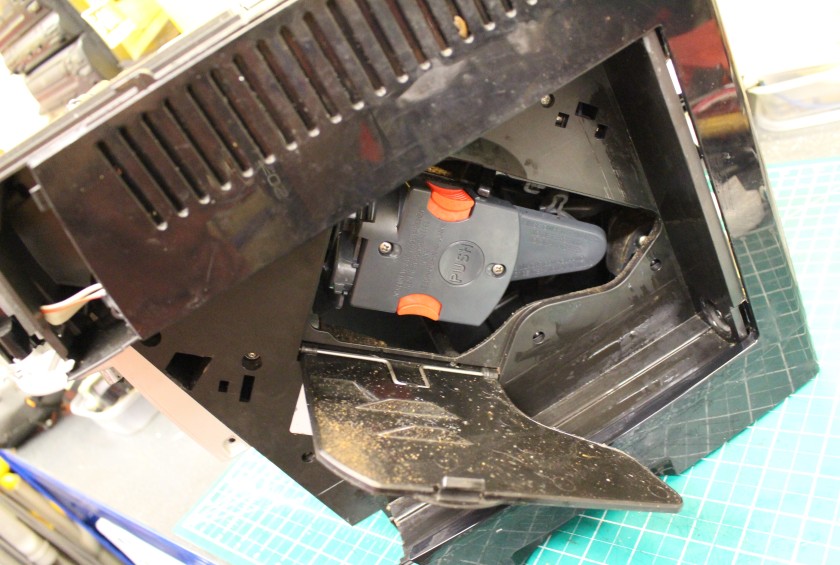Find out what skips, parking wars and fondue all have in common.
It’s that time of year again, and I know what you’re thinking; Matt’s going to have a Christmas-themed moan about buying new things you don’t need, broken items too good to throw away and if you’ve been paying attention to my monologues these past few months, rubbish items that shouldn’t have been made in the first place. I’m just so predictable! Well, it is the season to be jolly, so in addition to all that, I’m going to spread a bit of much-needed festive cheer which could make you just about the best present giver… ever!
Campaigns telling us to ‘stock up in time for the big day’ and ‘show you care by buying something glittery and expensive for a loved one’ seem to start in summer, and while it’s lovely to give someone close a meaningful gift, don’t be sucked-in by the fluffy, snowy adverts. All the big retailers, even M&S, are really only interested in the bottom line, not you. And anyway, a lot of things we buy will be headed for landfill soon after the big day so, instead of following the crowd this year, follow my top 5 tips for a more eco-friendly, cheaper and cheerier Christmas.
Top Tip One
I’m no stranger to skip-surfing and neither should you be. West Worthing isn’t dripping in money, yet I regularly see good quality toys, bikes, lamps, (I could go on), left in skips, in front of driveways and by the sides of bins. If it’s left out, obviously for rubbish collection, then surely, it’s fair gain? One should be careful though as sane people don’t always chuck out items in mint condition, so choose your gold carefully and if you’re in any doubt about just taking something, please do seek permission first. No letters of complaint, please.
Top Tip Two
Our little street in is full of (mainly) lovely people and there is the almost obligatory WhatsApp group keeping a weather eye on things. We’re quite a tame old bunch really and generally, the chatter is about offers of and requests for help, shared produce and old things no longer needed. I’ve lost count of the items we’ve given away or have accepted through a mutual swap-shop on this forum. Yes, like almost all of modern Britain, parking wars occasionally break out on the chat, but it soon reverts to more helpful conversation! The point here is that that book, painting or scarf no longer needed, may just make an ideal gift. So, stay tuned in to the items right under your nose but remember, the system only works best, when you pay back in. De-clutter after you’ve received your pressies this year and get posting on your local group.
Top Tip Three
Talking of clutter, with the weather on the turn and the days getting shorter at this time of year, it’s a great time to re-discover what you already have. Many reading this, including me, will have forgotten about some of the things at the backs of cupboards, in attics and under the stairs – delete as appropriate. So, dig out those classic games, clothes, books and pictures gathering dust and spiders’ webs, and either use them again, sell them, or give them to someone who will enjoy them. I’m actually really guilty of this and tend to hang on to things, just in case. But, in reality, I’m only causing more of a headache for the others around me, if I’m snuffed out by the No.9 bus in an untimely manner. If you don’t use it, move it on.
Top Tip Four
Make it yourself. Everyone loves a home-made gift that’s, well, good. I don’t have the confidence to make baked gifts to give as presents, but I do know someone at work who makes the finest biscuits I’ve ever tasted. I’m sure you do too, so instead of buying the usual Christmas assortment, why not reuse an old Quality Street tin, fill it with home-baked goodies and give it as a gift. And if you’re a rubbish baker, contract the task out and bung someone you know a few quid to make some for you. You’ll be glad you did.
Top Tip Five
Home-knitted, crocheted and stitched items of clothing and decoration make personal gifts to be enjoyed for years. Old-fashioned maybe, but important, certainly. Making things yourself this way improves skills, promotes re-use and discourages waste, and the experience gained can be passed down through the generations. I’ve always loved sewing machines (all those knobs, dials and lights) and I learned how to drive one from my mum, who learned from my nan. Indeed, my 8-year-old daughter is currently learning how to use a sewing machine, and is already churning-out all manor of creations on an almost industrial level. I can’t wait to see what she’s made us all for the big day.
The news is all doom and gloom, the economy’s going for a burton and the climate is on the blink, and we’re told to ‘just stop oil’ and think about our warming world. In reality, unless we all want to live like we did when Henry VIII was on the throne, it’s going to be quite hard to balance all of the above without having some kind of negative impact. I’m not going to give up central heating, my car or roast turkey just yet, but what I am doing is taking control of the things I can do by making the most of the items that have already been made.
Going around in circles!
We hear about a circular economy which combines production, consumption, recycling and repair and in an ideal world, it sounds great. But, to make that all that work relies on perfect production processes, a high-level of education in the population and political consensus with a 50-year plan. Back in reality, if you really want to do your bit keep it simple, buy less rubbish, re-use and re-gift where you can.
On a funnier note, I wanted to share with you that I have a mental bucket list of things I’d like to own. A sort of ‘fantasy design-classic’ wish list that I am either too stingy to part with actual money for or I am waiting for a broken one to appear out of thin air, for me to breathe life into.
There’s probably a named syndrome for what I have, but recently I ticked-off one such item. Christmas and birthday all at once. Let me explain. There I was, waking past a skip, when I saw a little bit of brushed aluminium poking out between a load of wires. It’s funny how these things catch my eye. And there it was, a 1970s table-top Salton Hot Plate, with a metal frame, wooden handles and a glass top. Safety first, you know back then. It was like seeing a diamond in a coal mine. I can only assume that the previous owner didn’t know what it was or didn’t care. Anyway, I did the right thing and brought it home to the workshop. Turns out, that there wasn’t anything really wrong with it and all it needed was a clean-up and a new flex. It could have been crushed, but instead, this quality English-made kitchen appliance will live to see another day. The trouble is, that it only works for fondue and quiche Lorraine!
PS, don’t forget to check out Retro Electro Workshop on UKTV Play.



